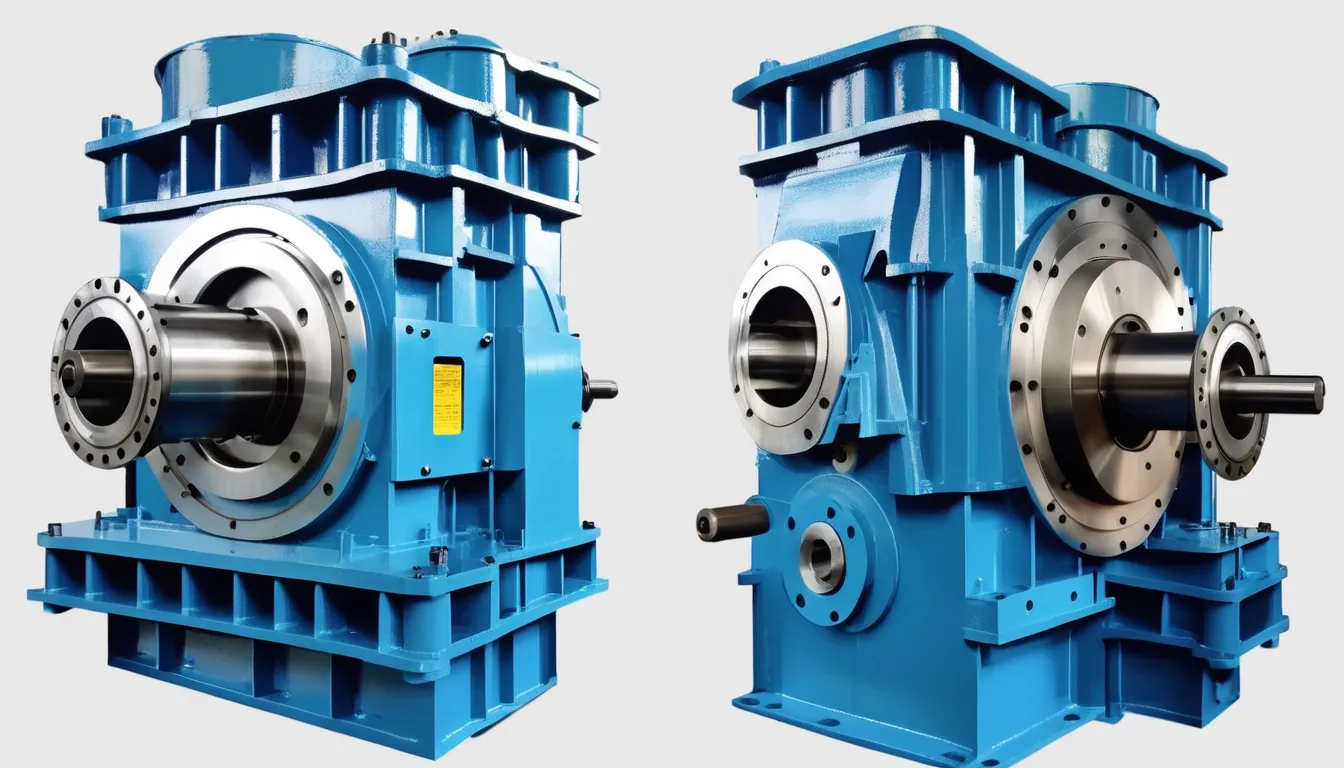The Impact of Robotics on Gearbox Manufacturing Processes
As you consider the evolution of gearbox manufacturing, it’s clear that robotics has transformed the landscape in ways that go beyond mere automation. You might find yourself questioning how these advancements affect not only production efficiency but also the overall quality and adaptability of the manufacturing process. With the integration of robotics, manufacturers are tackling challenges that seem insurmountable. Yet, while the benefits are impressive, the road to implementation isn’t without its hurdles. What exactly does this mean for the future of the industry?
Evolution of Gearbox Manufacturing
Historically, gearbox manufacturing has undergone significant transformations, constantly adapting to technological advancements. You may notice how early gearboxes relied on manual craftsmanship, where skilled workers painstakingly created each component. This process was time-consuming and often led to inconsistencies in quality.
As production demands increased, manufacturers turned to mechanization, introducing lathes and milling machines. These innovations improved precision and efficiency, allowing you to produce gears at a higher volume while maintaining better quality control.
In the latter half of the 20th century, the introduction of computer numerical control (CNC) machines revolutionized the industry. With CNC technology, you could program machines to manufacture complex gearbox components with unparalleled accuracy. This shift not only streamlined production but also reduced waste, making the process more sustainable.
Today, you face a new wave of advancements, including additive manufacturing and advanced materials that enhance performance and durability. As you explore these innovations, you’ll see how they’ve paved the way for lighter, more efficient gearboxes.
Embracing these changes is essential for staying competitive in a rapidly evolving market, ensuring that your products meet the ever-increasing demands of performance and reliability.
Role of Robotics in Production
As you embrace the latest technological advancements in gearbox manufacturing, robotics is taking center stage in production processes.
These machines aren’t just tools; they’re revolutionizing how you approach manufacturing. By integrating robotics into your production lines, you can enhance efficiency, precision, and speed.
Here are four key roles robotics play in gearbox production:
- Automated Assembly: Robots can handle repetitive assembly tasks with remarkable accuracy, reducing human error and ensuring consistency.
- Material Handling: Robotics streamline the movement of components throughout the production line, minimizing bottlenecks and maximizing throughput.
- Quality Inspection: Equipped with advanced sensors, robots can perform real-time quality checks, identifying defects that might go unnoticed by the human eye.
- Flexible Manufacturing: With programmable capabilities, robotic systems can easily adapt to different gearbox designs, allowing for quick changes in production without significant downtime.
Benefits of Robotic Automation
Embracing robotic automation in gearbox manufacturing offers a multitude of benefits that can transform your production capabilities.
First and foremost, robots significantly enhance efficiency. They can operate around the clock, reducing downtime and increasing output. This means you’re able to meet demand more effectively and maintain a competitive edge.
Safety is another key advantage. By assigning dangerous or repetitive tasks to robots, you minimize the risk of workplace injuries, creating a safer environment for your employees. This not only boosts morale but can also lead to lower insurance costs.
Quality control improves as well. Robots perform tasks with unparalleled precision, ensuring consistent product quality. This reduces errors and waste, ultimately saving you time and resources.
Additionally, robotic automation can lead to substantial cost savings over time. While the initial investment may seem high, the long-term gains in productivity and efficiency often outweigh the costs.
You’ll also have the flexibility to adapt to changing production needs without significant delays.
Challenges in Implementation
When you decide to implement robotic automation in china Custom gear solutions manufacturing, you’ll likely encounter several challenges that can complicate the process. Understanding these hurdles can help you navigate them more effectively.
1. High Initial Costs: Investing in robotics requires significant upfront expenditure for equipment, installation, and training.
You’ll need to weigh this against potential long-term savings.
2. Integration with Existing Systems: Ensuring that new robotic systems work seamlessly with your current manufacturing processes can be tricky.
You might face compatibility issues that require additional adjustments or upgrades.
3. Workforce Resistance: Your employees may feel threatened by the introduction of robots, fearing job loss or reduced roles.
Addressing their concerns and providing retraining opportunities is crucial for smooth implementation.
4. Maintenance and Technical Challenges: Robots need regular maintenance and occasional troubleshooting.
You’ll need to establish a reliable support system to minimize downtime and ensure consistent production quality.
Future Trends in Robotics
With the challenges of implementing robotics in gearbox manufacturing addressed, it’s time to look ahead at the future trends shaping the industry.
As you explore these trends, you’ll notice that automation is becoming increasingly sophisticated. Collaborative robots, or cobots, are gaining traction, allowing you to work alongside machines safely and efficiently, enhancing productivity.
Artificial intelligence (AI) is also revolutionizing robotics. You’ll find that AI-driven systems can analyze data in real-time, optimizing production processes and reducing downtime. Predictive maintenance powered by AI algorithms will help you identify potential machine failures before they occur, saving costs and ensuring smooth operations.
Moreover, advancements in machine learning are enabling robots to adapt to various tasks, making them more versatile in the manufacturing environment.
As you embrace these innovations, you’ll likely see an increase in personalized gearbox solutions tailored to customer demands.
Conclusion
In conclusion, embracing robotics in gearbox manufacturing can transform your production processes. You’ll experience enhanced efficiency, precision, and safety while reducing operational costs. Although challenges in implementation may arise, the benefits far outweigh them. As you adapt to these changes, you’ll position your business competitively in the market. Staying ahead of future trends in robotics will keep your production flexible and responsive to evolving demands, ultimately driving your success in the industry.

